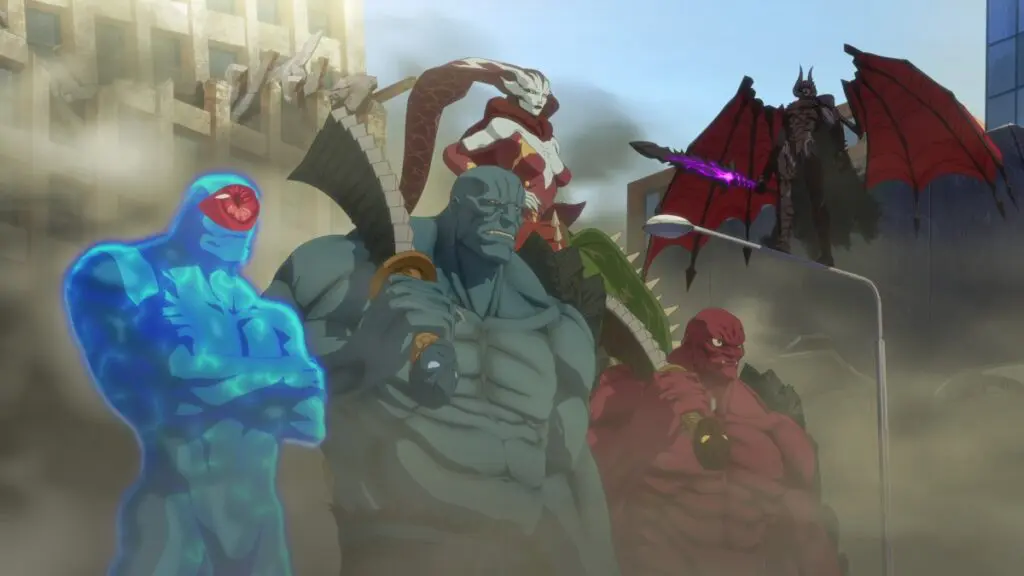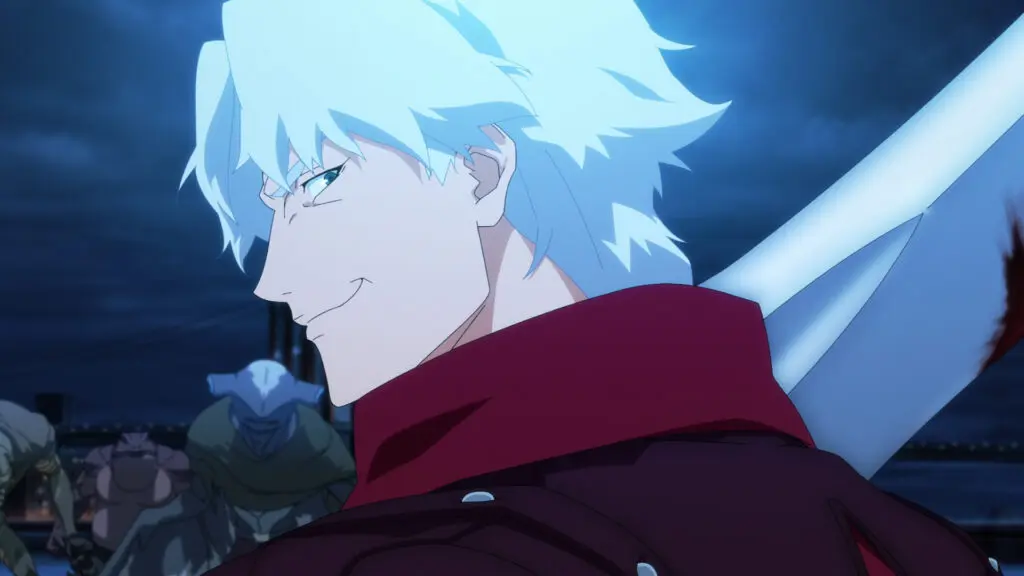Summary
Adi Shankar does it again with Devil May Cry, another surprisingly solid game-to-Netflix adaptation with fantastic work from Studio Mir.
At first blush, Capcom’s long-running action series Devil May Cry isn’t ideal fodder for a television adaptation. The exaggerated action is there, of course, complete with dual pistols and swords bigger than human beings and a menagerie of gross-looking Hellspawn to smack around with performative panache. But its hero, Dante, has a different personality in every mainline game (there have been six so far), the core plot and mythology are all over the place, and it’s hard to imagine how the fundamental score-chasing action gameplay would translate to a coherent eight-part Netflix series.
This is, perhaps, why Netflix’s version of Devil May Cry has been gestating since it was originally announced in 2018. It arrives only a year shy of the franchise’s silver anniversary with a ridiculous metal soundtrack and an attitude that suggests it was simply biding its time. Like the rest of Adi Shankar’s game-to-Netflix adaptations like Castlevania and Captain Laserhawk, this is good. Eventually.
I say “eventually” because it’s initially kind of off-putting. The opening credits are set to Limp Bizkit’s “Rollin’”, which is always a warning sign, and the opening episode is so eager to get the plot particulars across early that the characters might as well be reading the series Wiki directly to the camera. Dante (Johnny Yong Bosch) sounds weird and has a personality closest to the one in Ninja Theory’s famously maligned nu-metal reboot DmC: Devil May Cry, and Kevin Conroy’s (RIP) vice-president character has such obvious ulterior motives that it’s easy to feel like you’re being taken for a bit of a moron.
But don’t be hasty. This is technically an origin story, since it’s set in the early days of Dante’s demon-hunting career when he’s unsure about his demonic heritage and doesn’t quite understand why he has superheroic powers and unrivalled fighting prowess, but he’s still very much a fully formed Dante. He has the guns, the sword, the hair, and the trenchcoat. He can do all the things that’d get you an SSS rank on the Style Gauge. And, crucially, he isn’t the only protagonist.

(L to R) Roger Jackson as Plasma, Ray Chase as Rudra., Kari Wahlgren as Echidna, Ray Chase as Agni, Jason Marnocha as Cavaliere in Devil May Cry S1. Cr. Courtesy of Netflix © 2025
Dante is joined by Mary (Scout Taylor-Compton, Star Light), the leader of a semi-privatised anti-demon army called DARKCOM, who’re tasked by the VP initially to neutralize Dante himself, who’s integral to the plans of a theatrical monocle-wearing demon named White Rabbit (Hoon Lee). Because of reasons involving Dante’s past – his dead mother and brother and his absentee father – he’s connected to White Rabbit’s plans to erode the barrier between contemporary New York and Hell itself. But he and Mary, who game fans will better know as Lady, quickly become aligned in that fractious flirty odd-couple way to beat back the armies of Hell one exaggerated set-piece at a time.
And if those set-pieces are largely the point – there are a ton of them, all brought to life through manic direction and the genuinely impressive work of Korean animation studio Mir – they’re nonetheless embellished by a surprising amount of character depth. That’s where having two protagonists helps. Lady is much more serious than Dante and counterbalances his cocksure attitude, helping to tease out some genuine emotion in-between the freewheeling action sequences. It still looks and feels like Devil May Cry, but it also has the structure and pace of a proper TV narrative.
The highlight is a late episode that is almost completely wordless and fleshes out Lady’s backstory in a way that could only exist in this format. It’s a remarkable, oddly beautiful accomplishment in animation and worth the price of admission on its own, but it also adds something to the overarching plot. The finale feels perfunctory in comparison but nonetheless sets up multiple subsequent seasons, which is pretty much a standard as this point. Hopefully the next batch of episodes don’t take quite so long to arrive.




